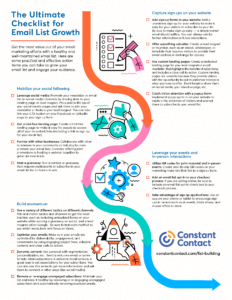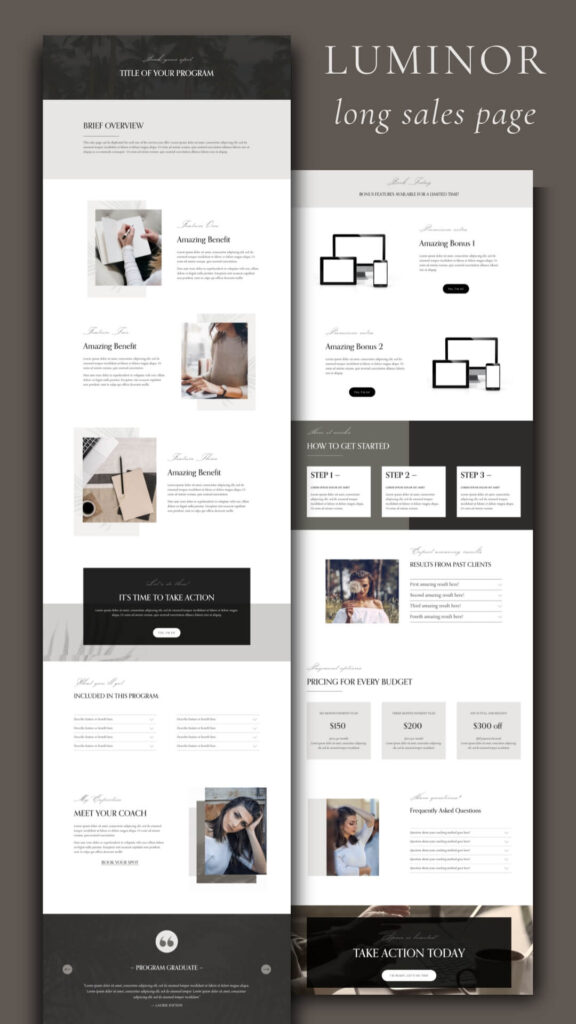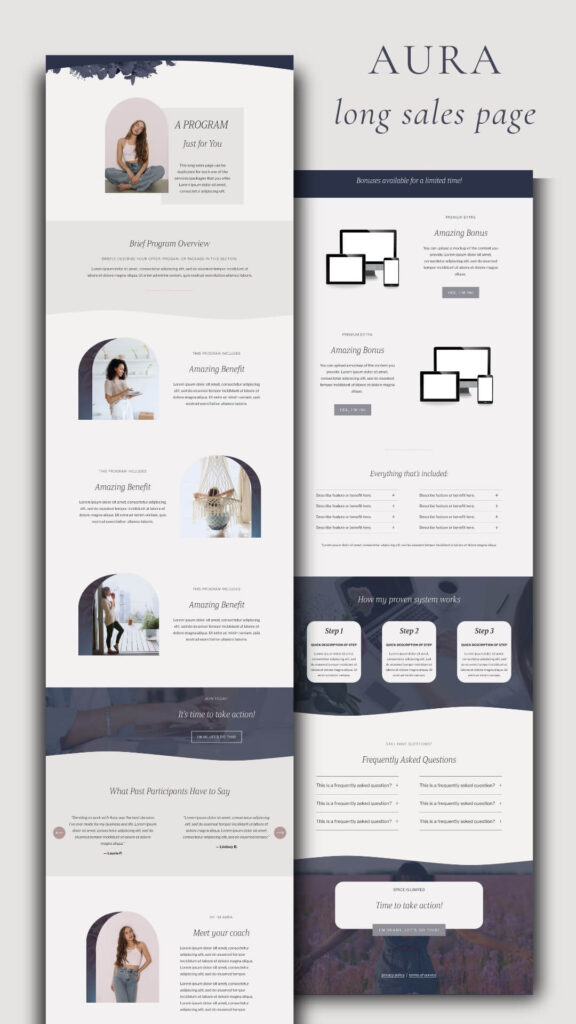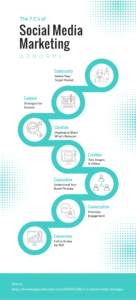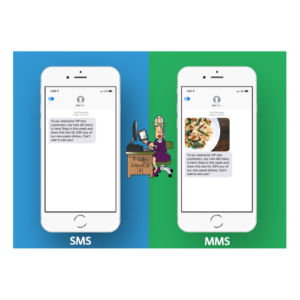OK, I’m on my soapbox! I think proper spelling, punctuation and grammar count. In your web site. In your emails. In your marketing literature. Yes, even text messages. I did find an Urban Dictionary that explains all of the acronyms and shortcuts used today but you won’t see me using them. Words matter!
And Marketing Profs agree with me! Read their article about typos and their effect on your business.
Marketing Profs has a great email service giving you good market research and information. Sign up if you haven’t already.

